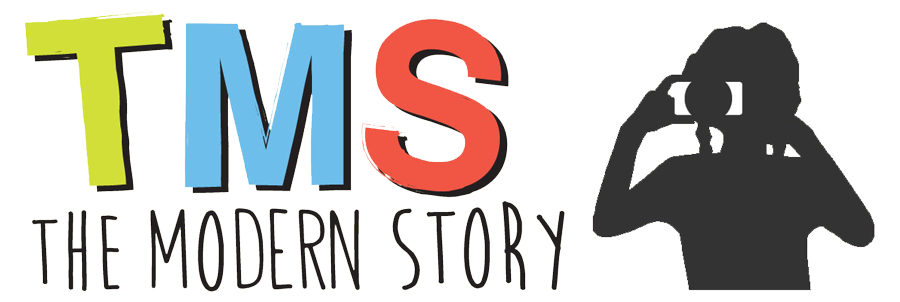Did you know that India is the world’s largest producer of films? Or that, as a matter of fact, Hyderabad is home to the second largest film industry in the country? Not to mention we’ve got Ramoji Film City, the world’s largest film production facility and the world’s largest 3D IMAX Screen, which, not surprisingly, is also the world’s most attended screen.
What I’m trying to say is: movies are a really big deal here and film has proven to be an easy conversation starter with my students. My class at West Marredpally was perhaps the most enthusiastic, though; the students launched into vivid mile- a-minute descriptions of their favorite Blockbusters without any prodding. They were eager to get started on the behind the scenes work as well. I can’t quite remember how exactly it came up but at some point I asked them how many of their favorite movies featured heroines or had a girl playing a pivotal role. When that failed to elicit any raised hands I asked how many movies that fit that description they could think of. We ended up with just a handful of examples I asked them why they thought that was. They were quick to answer that people don’t want to make “those types of movies.” I asked them why that was.
“They wouldn’t make money because there would be no one to see them.”
“Why?”
“Most women work too much to go to the movies.”
I pressed them on why they thought only women would go to see movies about heroines.
“Men would not be interested to see them.”
Again, “Why?”
The conversation was at times thrilling, at times exhausting and definitely a challenge for all of us but we eventually got ourselves right to the center of the vortex we were struggling to define. The students realized that many filmmakers and moviegoers operate under (and the former therefore perpetuate) the same assumption that women make less capable, less complex, less convincing, and therefore, less lucrative heroines or even principle characters.
Then, these cross-legged, wide eyed soon-to-be directors and writers and actresses and camerawomen and editors decided that they could try and convince folks to produce movies about women and girls- and what better way to do it than by making one of their own?
Over the next few weeks we talked about all of the reasons that common assumptions about women and girls are false. We talked about ourselves and told stories about moments in our lives that we’re proud of. Hema Prabha is only twelve but she can speak seven languages. M. Swathi is a great cook. Devi tells gripping stories. Hemalela aced all of her exams. Swathi is a talented runner. They told me about all of the women they admire. To help bridge the language divide, I borrowed a move from Hyderabad for Feminism and had them scrawl their thoughts on whiteboards in English or Telugu and take photos of these alongside their action shots. Finally, they recorded their voiceover, picked a powerful instrumental song to accompany, honed their editing skills and here’s what we came up with:
Our Stories Are Important- W. Marredpally from The Modern Story on Vimeo.
Around the time we were starting post-production, an article entitled “I Hate Strong Female Characters,” was published. I was reluctant to read it at first, too, but the basic argument is this:
“Sherlock Holmes gets to be brilliant, solitary, abrasive, Bohemian, whimsical, brave, sad, manipulative, neurotic, vain, untidy, fastidious, artistic, courteous, rude, a polymath genius. Female characters get to be Strong.”
In their video the girls place equal value on the fact that they are physically strong as they do on the fact that they can cook, or that they value relationships, or that they’re sincere. They get to be themselves, not faster, stronger, meaner, more butt-kicking but also more callous tropes of themselves. I am so grateful for the conversations these students have allowed me to have with them and I can’t wait to see what fascinating characters they come up with as we embark on our first short fiction video.
